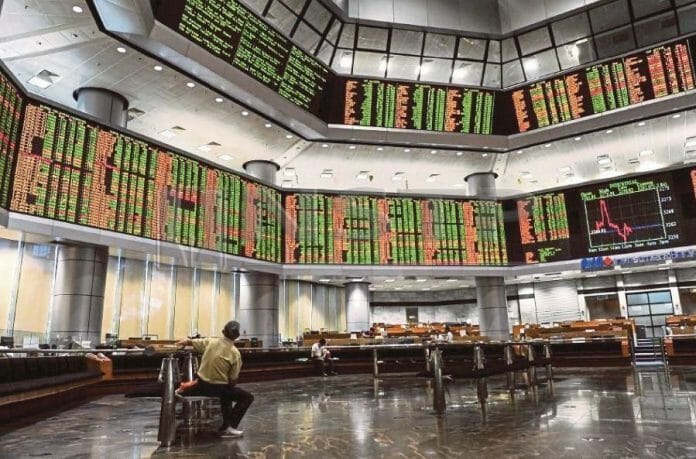There was little joy across Asian markets to end the week, with the major indices all on the slide.
Investors are grappling with the prospect of interest rates going higher and how this impact growth and earnings going forward.
Recently there has been a spate of central banks either increasing benchmark rates or signalling intent to do so (e.g., FOMC, ECB, BOE, SNB) which has created some second-guessing over whether global equity index levels have overreached.
So, there is some market pessimism hot on the heels of strong talk and actions from central banks, but it could wear off if attention turns back to other matters such as the potential for a soft landing, for instance.
A push higher in US treasury yields provided a springboard for the US Dollar. Both the two- and ten-year yields posted healthy gains, with the bond market taking evidently giving credence to the testimony of the Fed Chairman this week.
The British Pound was unable to capitalise on the 50bp hike by the BOE, with recession fears curtailing the currency. Meanwhile the USD continues to power higher against the struggling yen despite core inflation ticking higher in Japan.
Elsewhere, softer services PMI data led to a dip in the Aussie Dollar with the currency also feeling the effects of a move higher in the greenback.
Another asset to feel the pinch from rising US yields has been gold, with the precious metal again sinking to new 3-month lows.
The combination of minimal safe-haven demand and a rising interest rate outlook is reducing the appeal of gold in the current trading environment.
With the headlines this week being all about hawkish central banks, demand for gold has effectively been sidelined. As such, gold remains subject to further selling pressure whilst higher yields elsewhere look more attractive.
Oil has also been feeling the effects of the stronger USD. Talk of higher interest rates from central banks has also prompted some hesitation when it comes to how healthy or otherwise global oil demand will be in the second half of the year.
This question over the strength of oil demand in the face of higher interest rates is proving to be quite a burden on the oil price.
There will be a lot of Flash PMI data released from the US and Europe to end the week. With central banks showing their clear intent when it comes to the use of higher rates to fight inflation, upcoming macroeconomic indicators in the months ahead will be scrutinised to see if the aggressive posture regarding monetary policy settings remains warranted.
Market commentary from Tim Waterer. Chief market analyst at KCM Trade.









